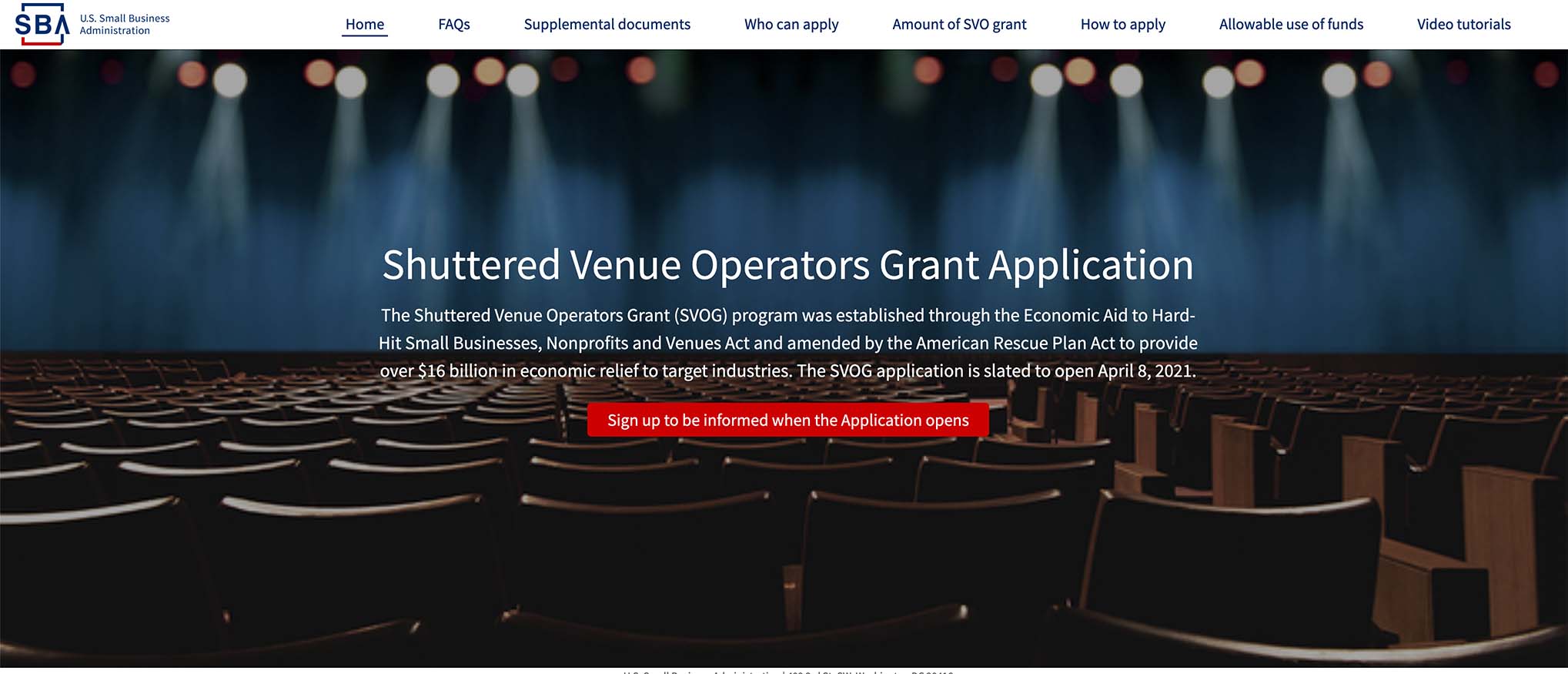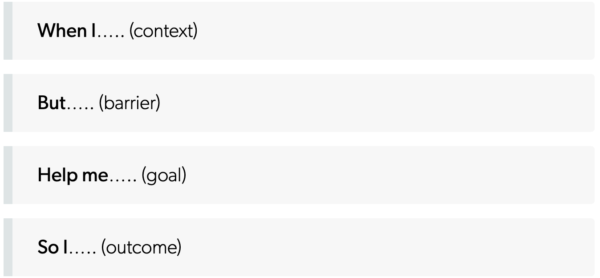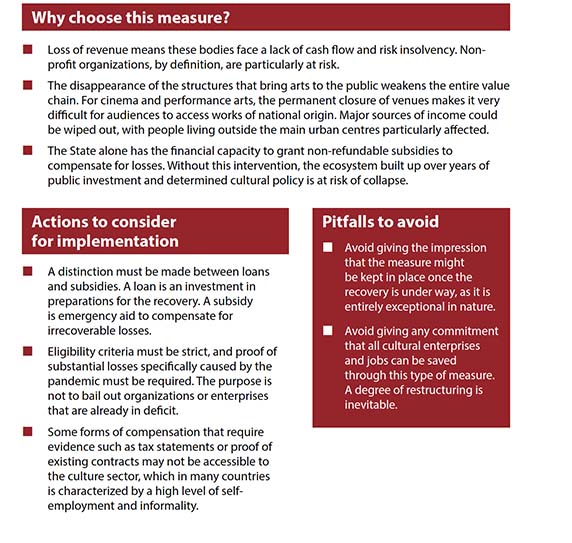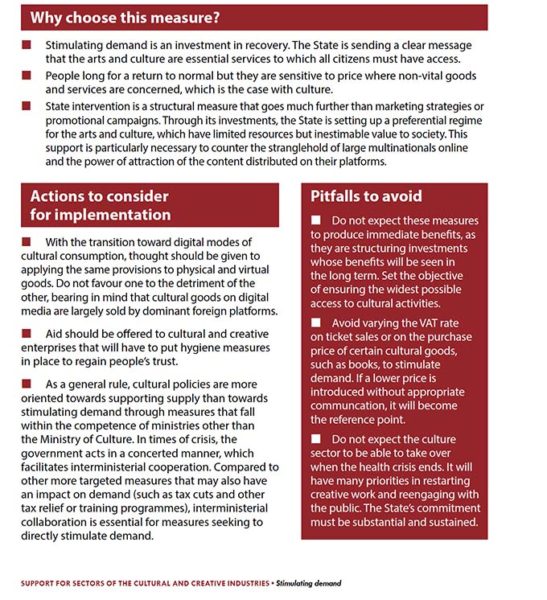Yesterday, economist Tyler Cowen addressed one of the dichotomies being recognized in the arts sector – the conflict between values of equity, fairness, diversity, etc., espoused in the arts world and the transactional nature of arts patronage. Discussions of how the arts are supported and funded are becoming an increasingly prevalent topic of conversation.
Cowen, who is most definitely an avowed supporter, consumer and advocate of the arts takes a bit of an academic analytical approach to the “wokeness” embodied in The Art Newspaper articles on visual art.
To put it bluntly, the art world is torn. In terms of demographics, the art world should lean fairly hard left, at least in the Anglo countries. It is highly educated, cosmopolitan, wealthy, and “aware” of the world. And many of the individuals operating in the art world do lean fairly strongly to the left. Yet the art world itself is based on principles fairly different from Woke and often directly opposed to Woke.
First and foremost, the art world is based on ownership of property. Most (by no means all) of those properties were created by dead white males, or perhaps by living white males.
Art markets typically are ruled by Power Laws and massive inequality, with most works going to zero value and a small percentage of the creators hitting it big…. Indeed, you earn status by showing how discriminating your eye is, which means by dumping on the works that aren’t going anywhere.
Textiles, which are arguably the “most female” genre in terms of their creators, are worth systematically much less in the marketplace…(…The same is true for some kinds of pottery as well….)
Some of the issues he addresses I was aware of but hadn’t thought of in the terms or context he expresses.
Part of the point of his post was illustrate there is a breadth of intellectual discourse about art & culture that doesn’t immediately gravitate toward the extremes of woke or anti-wokeness. Of The Art Newspaper he says, “It tries to incorporate Woke rhetoric into an essentially non-Woke and anti-Woke set of customs and incentives and property rights.”
You will have to read his analysis of how they achieve that balance in various articles he cites. Basically, he says the body of the articles turn out to be less controversial than the headlines suggest.
Some of the commenters to the post suggest that Cowen uses “woke” so frequently in the post because he is intentionally trying to beat all meaning and emotional associations out of the term.








Thanks for what you are doing to bring cultural change to the arts. It is so important to represent everyone.…